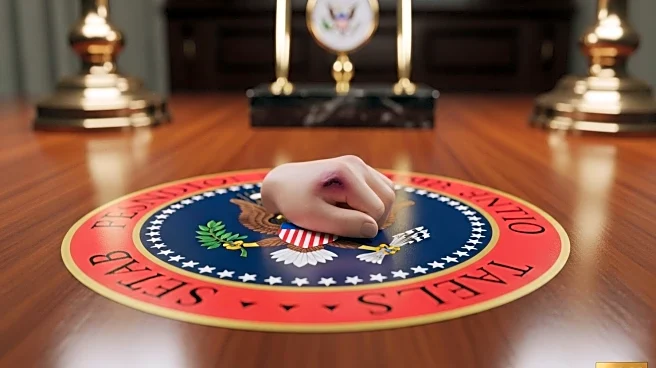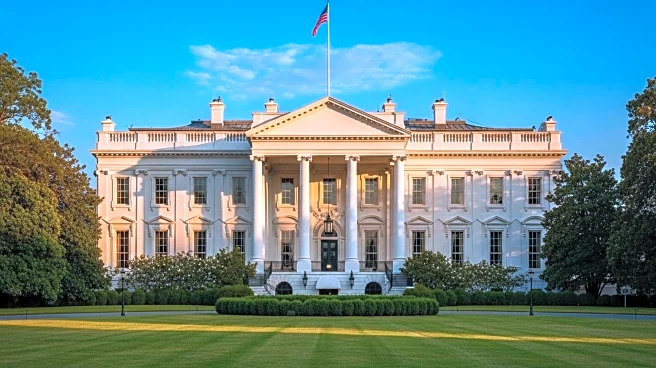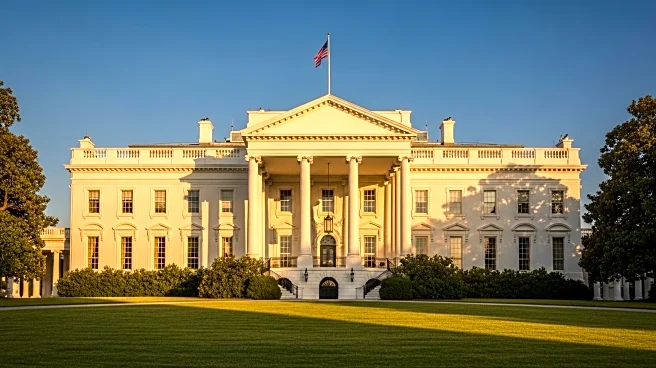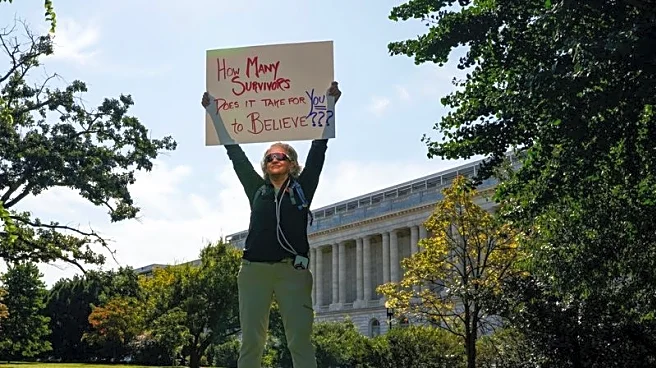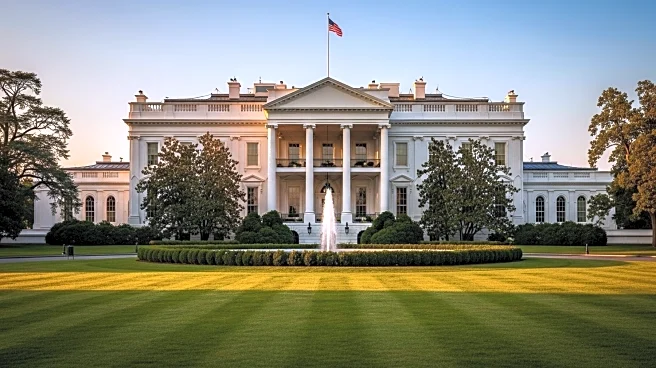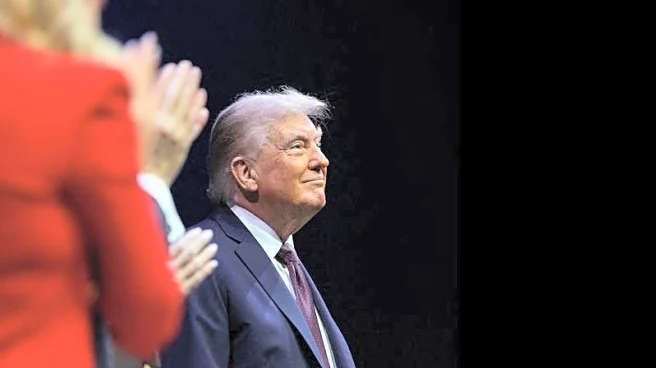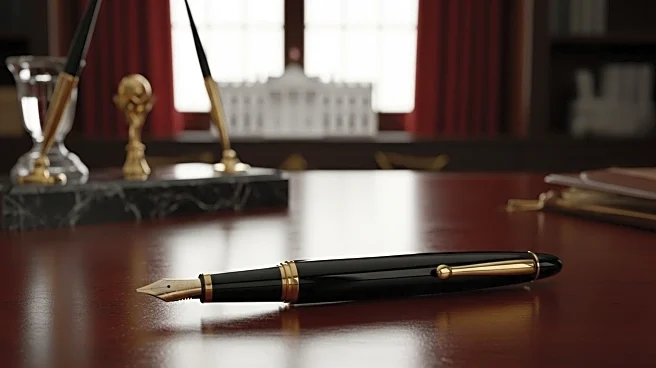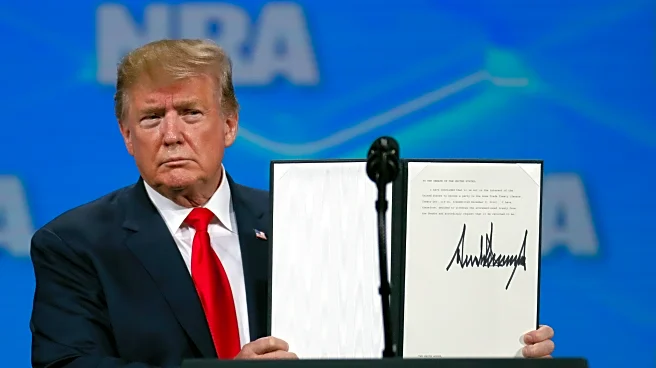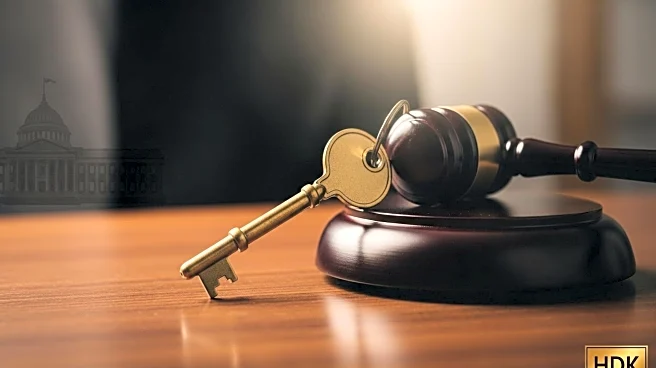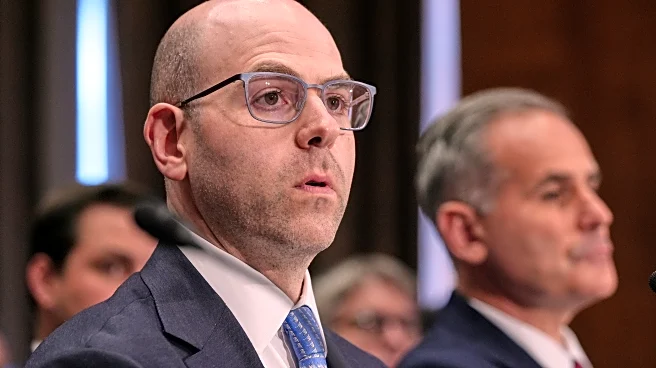What's Happening?
A recent observation of President Trump's hand has sparked discussions due to a visible bruise and apparent attempts to cover it with makeup. The bruise, first noticed in spring 2024, has been intermittently visible, with makeup attempts often failing to match his skin tone. This has led to public scrutiny and commentary, including from makeup artist Brandi Boulet, who has critiqued the quality of the makeup application. The White House has attributed the bruising to minor soft tissue irritation from frequent handshaking and aspirin use, a common side effect of aspirin therapy. Despite this explanation, the makeup cover-up has become a topic of interest, intersecting with ongoing discussions about Trump's skin, hands, and health.
Why It's Important?
The attention on President Trump's hand bruise and its cover-up highlights the intense public and media scrutiny faced by political figures, particularly regarding their health and appearance. This incident underscores the broader implications of public perception and image management in politics. The scrutiny also reflects the challenges of maintaining a consistent public image, especially for high-profile individuals like President Trump. The situation may influence public opinion and contribute to ongoing narratives about transparency and authenticity in political leadership.
What's Next?
As the public and media continue to focus on President Trump's appearance, the White House may need to address the issue more directly to manage public perception. This could involve providing further explanations or improving the quality of makeup application to avoid mismatched skin tones. Additionally, political opponents and commentators may continue to use this incident to critique or satirize the president, potentially impacting his public image and political standing.
Beyond the Headlines
The incident raises questions about the role of personal appearance in political leadership and the extent to which it should influence public perception. It also highlights the intersection of politics and media, where even minor details can become significant talking points. This situation may prompt discussions about the pressures faced by public figures to maintain a certain image and the ethical considerations of focusing on personal appearance in political discourse.
